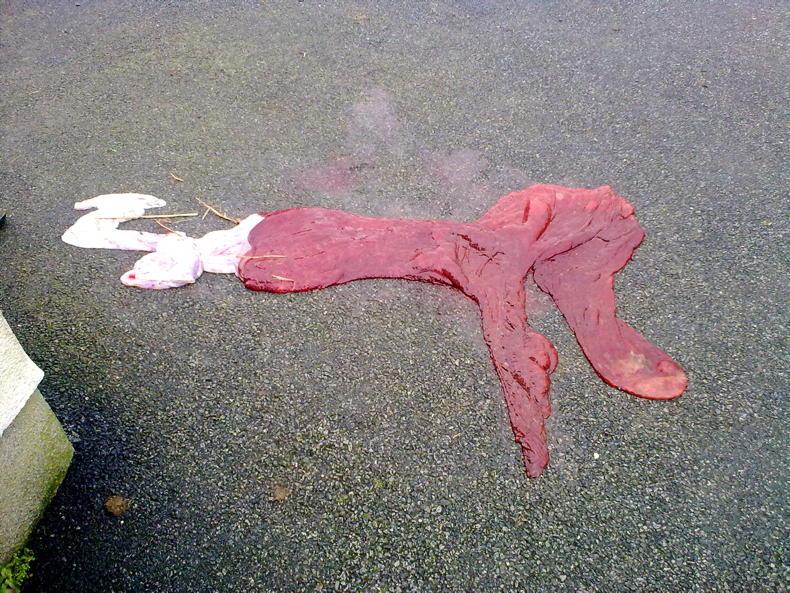This content is copyright protected!
However, if you would like to share the information in this article, you may use the headline, summary and link below:
Title: Handling the newborn foal
John Hyland of Oghill House Stud speaks about how formative handling of foals is
so important.
https://www.theirishfield.ie/handling-the-newborn-foal-748845

 This is a subscriber-only article
This is a subscriber-only article
 It looks like you're browsing in private mode
It looks like you're browsing in private mode










SHARING OPTIONS: